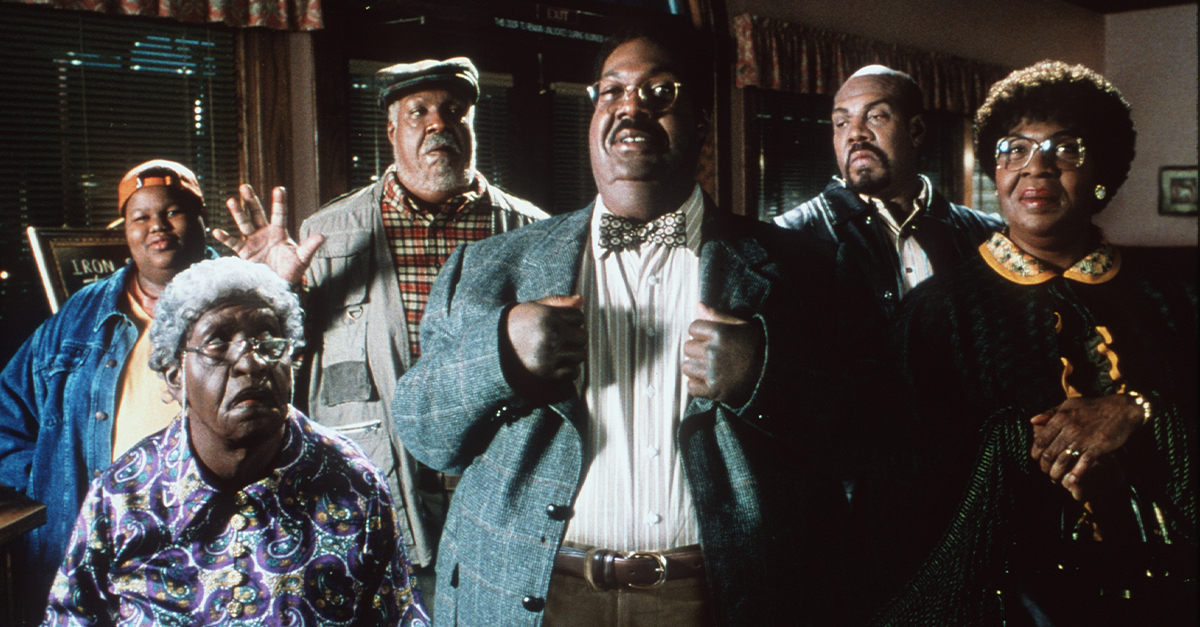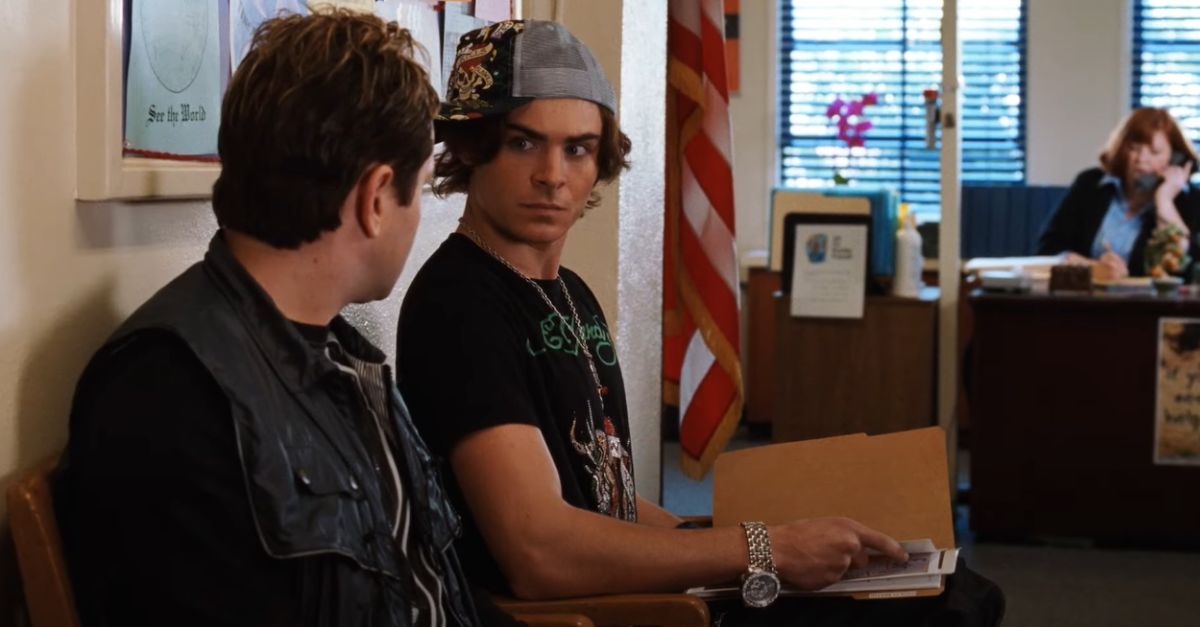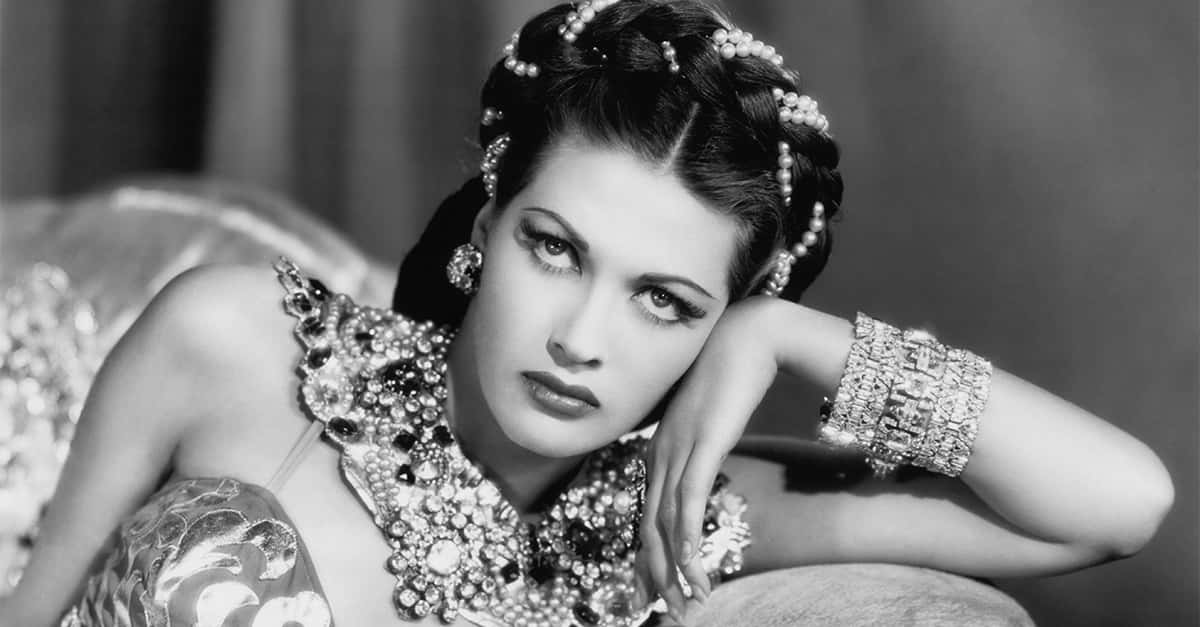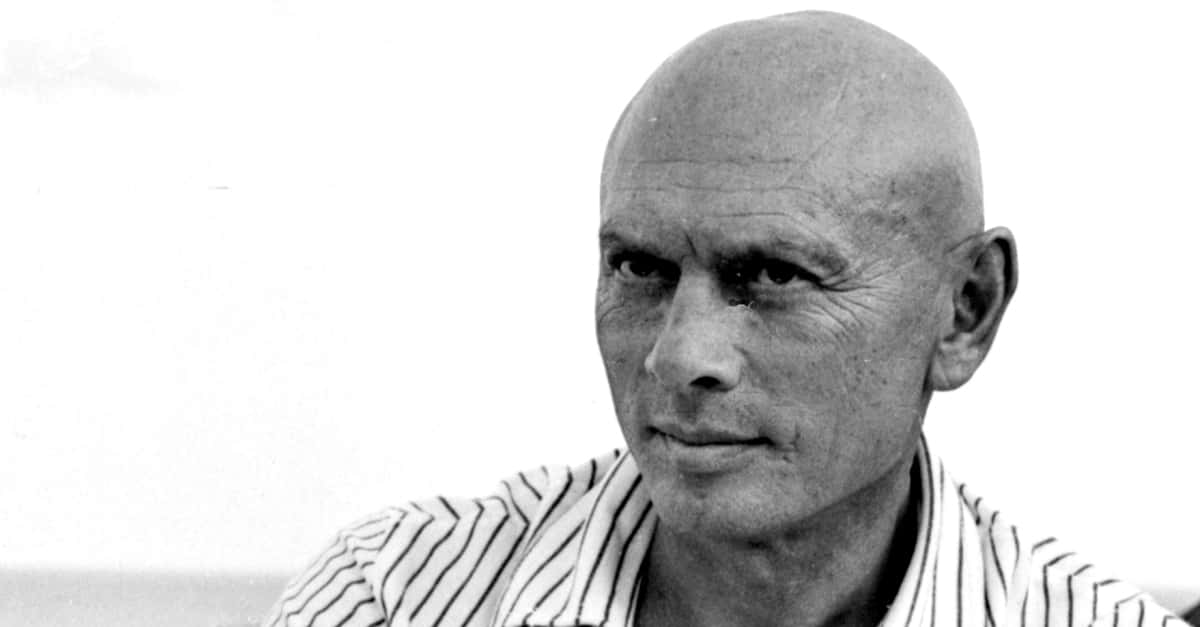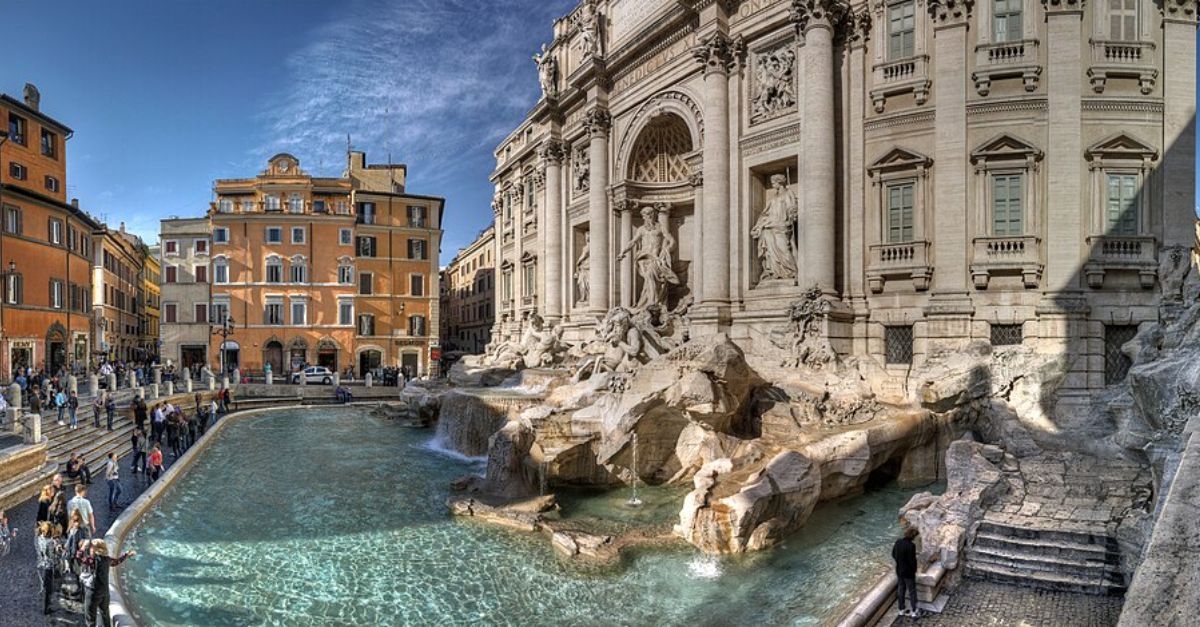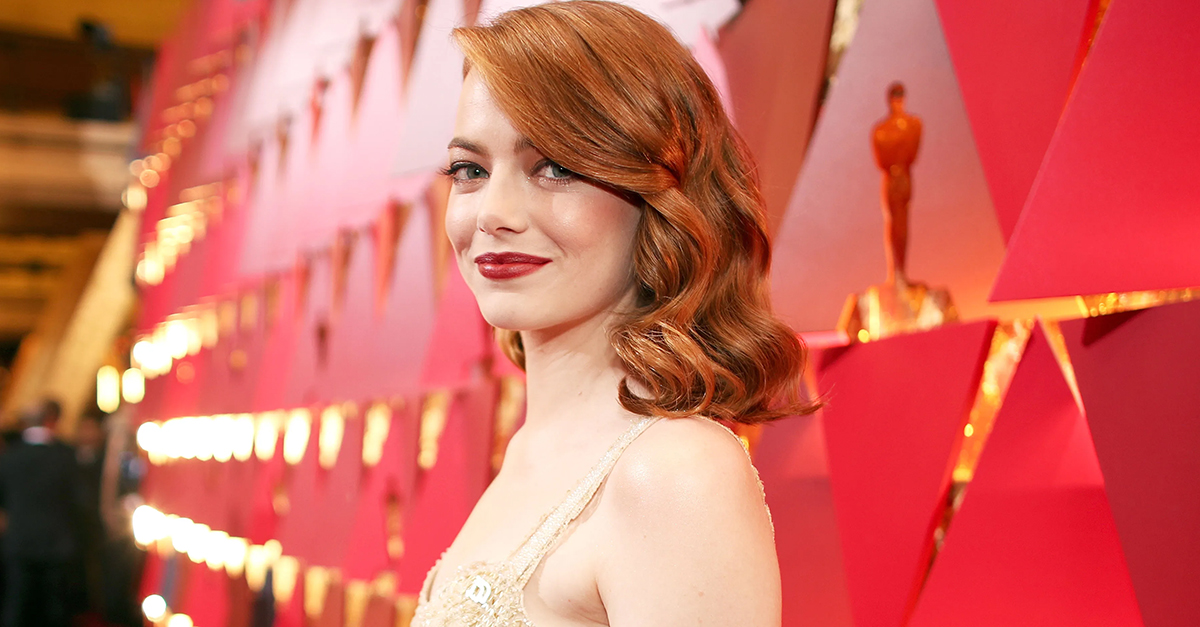Taking It To The Next Level
Portraying multiple characters in the same film demands a high level of versatility, creativity, and stamina. Whether it’s a serious drama or slapstick comedy, actors who take on multiple roles have often put on unforgettable performances. Some use makeup and costumes to submerge into characters, while others go purely on performance. We look at some of the most memorable examples across cinema history.

Peter Sellers
In Dr. Strangelove or: How I Learned to Stop Worrying and Love the Bomb (1964), Peter Sellers played three roles: Group Captain Mandrake; President Muffley; and Dr. Strangelove himself. Sellers’ talent for different accents, mannerisms, and comedic energy set a new standard for multi-role brilliance.
 Directed by Stanley Kubrick, distributed by Columbia Pictures, Wikimedia Commons
Directed by Stanley Kubrick, distributed by Columbia Pictures, Wikimedia Commons
Eddie Murphy
Eddie Murphy continued building his legend by playing multiple characters, notably in The Nutty Professor (1996). Through heavy prosthetics, he played Sherman Klump and several members of the Klump family. Murphy’s customary comic timing and ability to play distinct personalities turned dinner scenes into a showcase of his immense range.
 Universal Pictures, The Nutty Professor (1996)
Universal Pictures, The Nutty Professor (1996)
Mike Myers
Mike Myers brought his talent for multi-character comedy to the Austin Powers films, where he played Austin Powers, Dr. Evil, Fat Bastard, and Goldmember. His relentless energy and knack for caricature made the series a pop culture phenomenon, proving one actor could provide the faces of an entire cast of eccentric characters.
 New Line Cinema, Austin Powers In Goldmember (2002)
New Line Cinema, Austin Powers In Goldmember (2002)
Alec Guinness
In Kind Hearts and Coronets (1949), Alec Guinness played an amazing eight members of the aristocratic D’Ascoyne family. Each role required a different costume, voice, and comedic style. His ability to distinguish between them all made the film a masterpiece of British comedy.
 General Film Distributors, Kind Hearts and Coronets (1949)
General Film Distributors, Kind Hearts and Coronets (1949)
Tom Hanks
Tom Hanks showed his versatility in Cloud Atlas (2012), playing multiple roles across timelines that ranged from a 19th-century doctor to a futuristic tribesman. The film’s ambitious attempt to match the scope of the novel required Hanks to seamlessly adapt to different genres and personas. The roles deepened his reputation as one of the most versatile actors in Hollywood.
 Warner Bros., Cloud Atlas (2012)
Warner Bros., Cloud Atlas (2012)
Nicolas Cage
In Adaptation (2002), Nicolas Cage played twin brothers Charlie and Donald Kaufman. His portrayals captured their contrasting personalities: Charlie’s neuroticism and Donald’s carefree optimism. Cage show of range earned critical acclaim for the performance and an Academy Award nomination.
 Sony Pictures Releasing, Adaptation (2002)
Sony Pictures Releasing, Adaptation (2002)
Vanessa Hudgens
In Netflix’s The Princess Switch (2018) and its sequels, Vanessa Hudgens portrayed several different lookalikes: a duchess, a baker, and later, a mischievous cousin. The lighthearted but demanding performance was part of an emerging trend of actors bringing back the tradition of doubling roles in romantic comedies.
 Netflix, The Princess Switch (2018)
Netflix, The Princess Switch (2018)
Lindsay Lohan
Lindsay Lohan played a convincing dual role in The Parent Trap (1998), playing twin sisters Annie and Hallie. Through clever editing and Lohan’s natural charisma, the film became a hit and really got her career going. She showed amazing range for such a young performer in distinguishing the sisters.
 Buena Vista Pictures Distribution, The Parent Trap (1998)
Buena Vista Pictures Distribution, The Parent Trap (1998)
Paul Dano
In There Will Be Blood (2007), Paul Dano played both Eli and Paul Sunday. These two were not identical twins, but their shared presence dialed up the film’s tension by a lot. Dano’s portrayal added complexity, making his characters foils to Daniel Day-Lewis’s maniacal oil baron.
 Paramount Vantage, There Will Be Blood (2007)
Paramount Vantage, There Will Be Blood (2007)
James Franco
James Franco’s turn in The Deuce saw him portraying twin brothers Vincent and Frankie Martino. Franco captured their differences in subtle gestures as only a small part of this layered character work.
Michael J. Fox
In Back to the Future Part II (1989), Michael J. Fox juggled Marty McFly, Marty’s son, and Marty’s daughter, using prosthetics, voice adjustments, and superb comic timing. It was humorous and technically groundbreaking for the time, carving out a place for the trilogy in the history of cinematic innovation.
 Universal Pictures, Back to the Future Part II (1989)
Universal Pictures, Back to the Future Part II (1989)
Tilda Swinton
Known for immersing herself in roles, Tilda Swinton was impressive in Suspiria (2018), where she played three characters: a dance instructor, an elderly male psychoanalyst, and a mysterious matron. Heavy prosthetics and distinct performances were so effective that audiences were amazed when the cast was revealed at the end credits.
 Amazon Studios, Suspiria (2018)
Amazon Studios, Suspiria (2018)
Adam Sandler
In Jack and Jill (2011), Adam Sandler played the male and female twins of the title. The film took a lot of lumps from critics, but it demonstrated Sandler’s willingness to embrace absurd humor and physical comedy..
 Sony Pictures, Jack and Jill (2011)
Sony Pictures, Jack and Jill (2011)
Mel Brooks
In History of the World, Part I (1981), Mel Brooks played five different roles, including Moses and King Louis XVI. His bravado and deft improvisational style enabled him to parody history with joy and abandon. Brooks’ multiple characters were central to the anarchic energy of his comedic vision.
 Twentieth Century Fox, History of the World, Part I (1981)
Twentieth Century Fox, History of the World, Part I (1981)
Jean-Claude Van Damme
In Double Impact (1991), Jean-Claude Van Damme played twin brothers separated at birth. The action film was a vehicle for Van Damme’s martial arts skills twice over, contrasting one twin’s reserved demeanor with the other’s streetwise grit. It has become a cult favorite, and given Van Damme a unique place in action cinema.
 Columbia Pictures, Double Impact (1991)
Columbia Pictures, Double Impact (1991)
Will Smith
In Gemini Man (2019), Will Smith played both his older self and a digitally altered younger clone. The technology was groundbreaking, while Smith’s complex performances lent humanity to what could have easily descended into pure spectacle.
 Paramount Pictures, Gemini Man (2019)
Paramount Pictures, Gemini Man (2019)
Arsenio Hall
In Coming to America (1988), Arsenio Hall played multiple comedic side characters alongside Eddie Murphy. From a preacher to a club-hopping date, his transformations were all superbly done. Hall’s energy complemented Murphy’s, proving they could both carry entire ensembles between them through the sheer variety of performance.
 Paramount Pictures, Coming to America (1988)
Paramount Pictures, Coming to America (1988)
Cate Blanchett
In Manifesto (2015), Cate Blanchett played an unfathomable 13 roles, from schoolteachers to homeless men, all while delivering different excerpts of artistic manifestos. Yes, it’s an unusual film, but Blanchett’s seemingly limitless display of radically different personas made the film into an experimental piece as well as a showcase of acting virtuosity.
Jack Nicholson
In Mars Attacks! (1996), Nicholson was a classic as both the US President and a flamboyant Las Vegas developer. Jack’s usual charisma and his contrasting tones between straight-laced authority and comic parody was an amazing addition to the sci-fi horror comedy.
 Warner Bros., Mars Attacks! (1996)
Warner Bros., Mars Attacks! (1996)
Jeremy Irons
In Dead Ringers (1988), Jeremy Irons delivered a haunting performance as twin gynecologists Beverly and Elliot Mantle. The subtle differences in their speech and posture made them distinct even during their descent into obsession and insanity. This dual role is one of the most chilling examples of multi-role acting.
 Twentieth Century Fox, Dead Ringers (1988)
Twentieth Century Fox, Dead Ringers (1988)
Tyler Perry
Tyler Perry built his whole career on playing multiple roles, especially in his Madea films. In Madea’s Family Reunion (2006) and others, Perry played Madea, Uncle Joe, and Brian. His skills with costume, voice, and comedic exaggeration gave depth to familiar characters that fascinate audiences across different stories.
 Lionsgate, Madea’s Family Reunion (2006)
Lionsgate, Madea’s Family Reunion (2006)
Donald Glover
In Atlanta, Donald Glover plays both Earn and a strange supporting character in the 'Teddy Perkins' episode. While it’s TV and not a movie, the performance drew film-level praise with its blurring of character boundaries. Glover’s dedication to such a believable transformation shows a range extending far beyond music and comedy.
Michael Keaton
In Multiplicity (1996), Michael Keaton played four clones of his main role, each with hyperbolic character traits—one macho, one sensitive, one slow-witted. The comedy hinged on his timing and subtle shifts, proving one actor could populate an entire household with distinct personalities.
 Sony Pictures Releasing, Multiplicity (1996)
Sony Pictures Releasing, Multiplicity (1996)
Amazing Feats In Perspective
From Sellers’ satirical transformations to Murphy’s larger-than-life Klumps and Swinton’s unrecognizable disguises, these performances prove the power of multi-role acting. They highlight both comedic bravado and dramatic nuance, showing how one actor can command entire ensembles. Multiple roles are amazing feats of acting, technical breakthrough, and imagination.
 Amazon Studios, Suspiria (2018)
Amazon Studios, Suspiria (2018)
You May Also Like:
Stars Who Refused to Break Character Even Off-Set
Terence Stamp’s Greatest Film Roles

